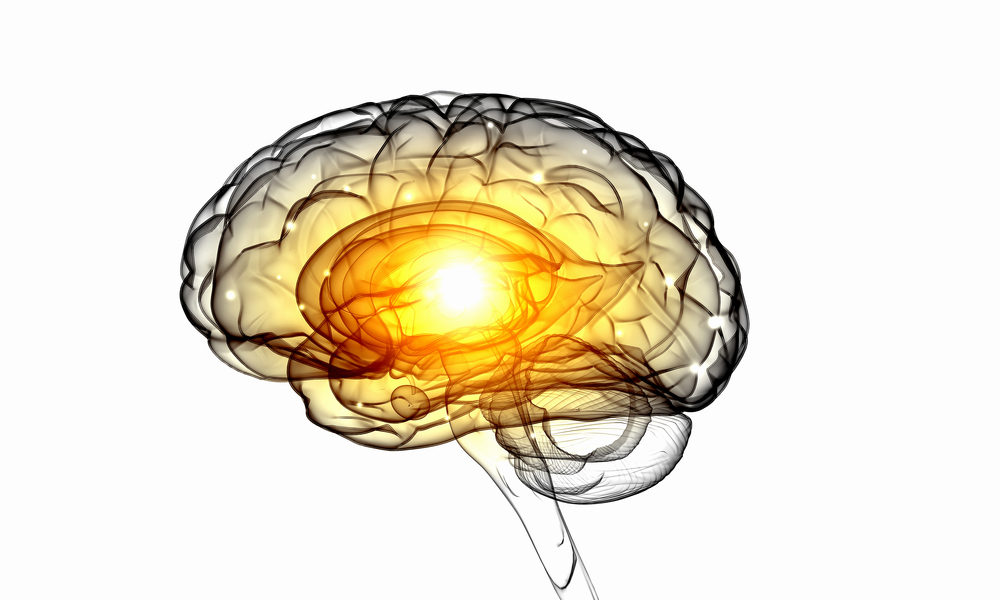DBS Linked to Distinct Motor and Cognitive Pathways in Brain, Finding That May Improve Its Use
Written by |

The benefits of deep brain stimulation (DBS) on motor function in Parkinson’s patients are mediated by a different brain pathway than the one involved in the procedure’s unwanted cognitive effects, according to a new study.
This finding may help improve the effectiveness and safety of DBS use in patients with Parkinson’s disease.
The research, “Functional segregation of basal ganglia pathways in Parkinson’s disease,” was published in the journal Brain.
DBS is an efficient alternative surgical procedure to treat Parkinson’s motor symptoms, such as tremor, rigidity, stiffness and slowed movement, in patients with an inadequate response to medications.
The treatment targets the subthalamic nucleus (STN), a brain region that is hyperactive in Parkinson’s patients. Besides its role in motor control, the STN is also involved in cognitive processes such as decision-making.
Prior research has shown that the STN is part of a brain pathway linking the striatum — a key region in movement and cognition — to the thalamus, which relays motor and sensory signals. This pathway is affected by loss of the neurotransmitter dopamine in the striatum due to Parkinson’s.
The STN is also involved in a brain pathway connecting motor-related areas in the cerebral cortex with the globus pallidus, a major component of the basal ganglia, which is mainly implicated in the control of movement and posture. The STN has been proposed to act through this pathway to delay, and thereby optimize, behavioral responses.
Although researchers suggest that DBS may alter the activity of both these brain pathways, no study had assessed the treatment’s effects on cognition and movement control in an integrated perspective.
A research team from Charité – Universitätsmedizin Berlin, in Germany, combined behavioral experiments with clinical observations, brain mapping and computer-based modeling. The study involved 20 Parkinson’s patients (18 men, mean age 63) undergoing STN-DBS, and 20 controls given a tracking task that required normal (automatic) and controlled reach movements.
Improvements in motor function — such as in movement velocity — were independent from unwanted cognitive effects, such as premature actions taken in situations requiring deliberation and decision-making. These motor and cognitive effects were independently mediated by the striatum-thalamus and the cortex-globus pallidus pathways, respectively.
“Our findings integrate with previous reports regarding cognitive and clinical implications of distinct pathway effects in Parkinson’s,” the researchers wrote.
Besides a better understanding of the neuronal networks affected by Parkinson’s, the findings also shed light on the workings of DBS.
“Only an improved understanding of the treatment’s mechanism of action will allow us to make [DBS] more effective,” Wolf-Julian Neumann, MD, the study’s first author, said in a press release.
As such, the results “may inspire new innovative pathway-specific approaches to reduce side effects and increase therapeutic efficacy of neuromodulation in patients with Parkinson’s,” the researchers wrote.
The team is now planning to use measurements of neural activity to differentiate patients and healthy individuals.
“This will allow us to adapt brain stimulation treatments according to the needs of the individual patient and in real time,” said Andrea A. Kühn, MD, the study’s senior author. “It is an important step on the way to developing an intelligent, personalized and demand-adapted treatment.”





